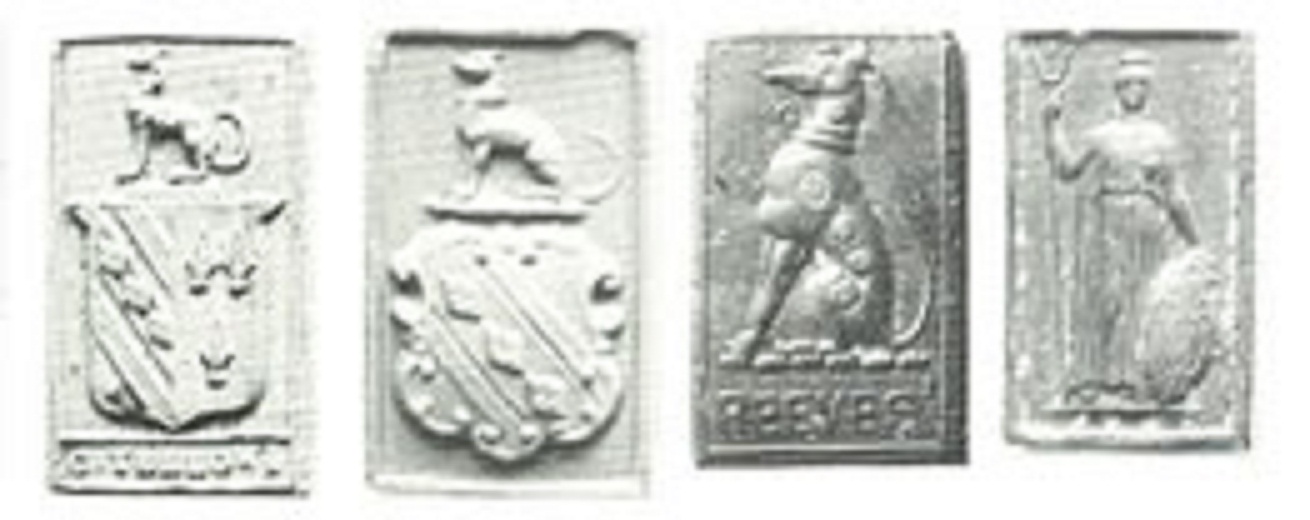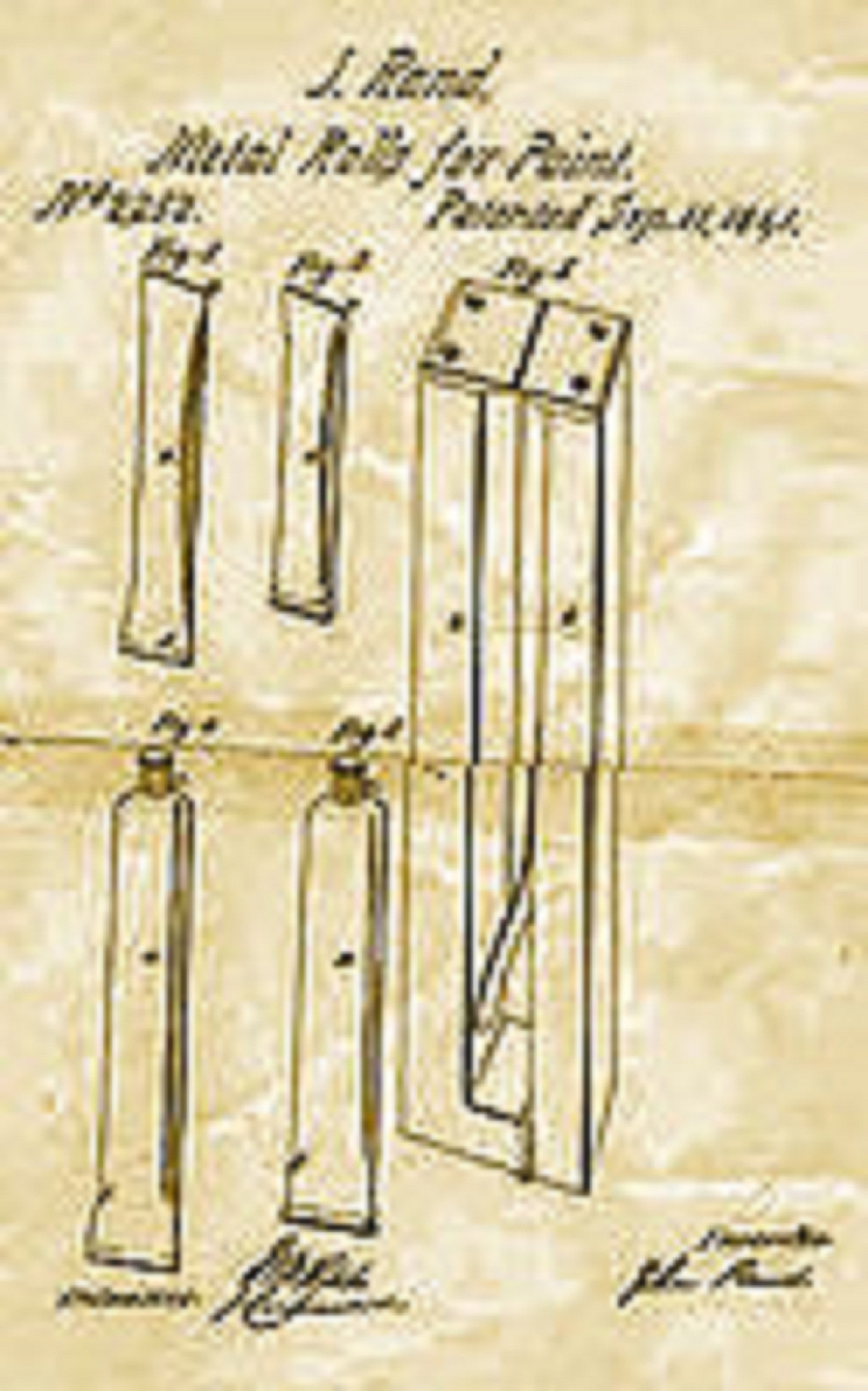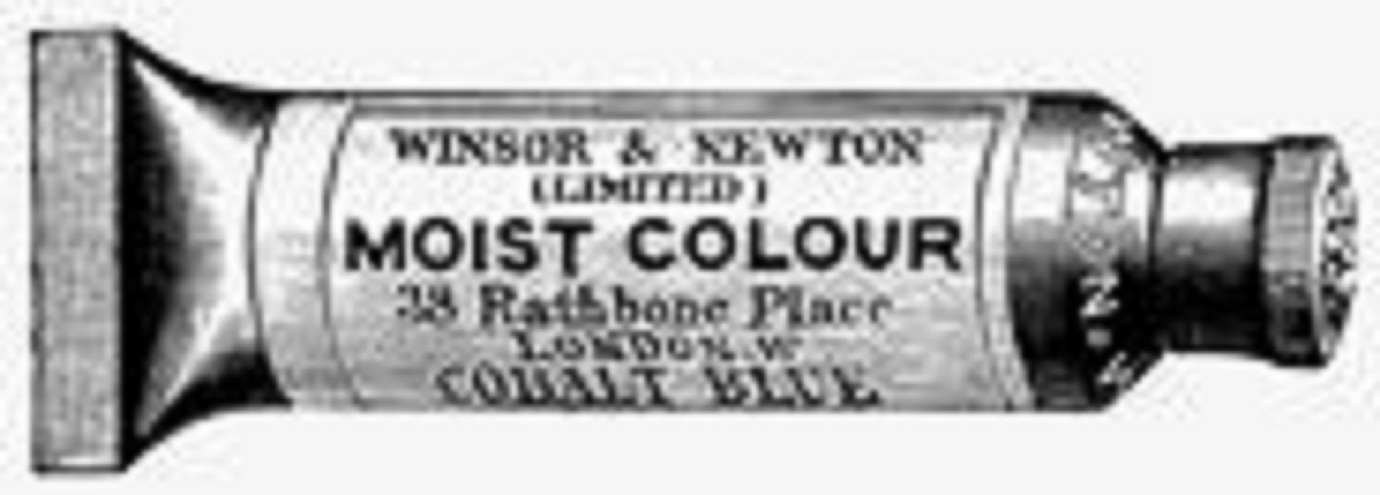History of the Watercolor Industry Origins and Original Recipes
Watercolor came to western artists in the late 1400s. Artists had to formulate, prepare and grind their own watercolor paint and tended to keep their secret recipes and methods to themselves. In the 18th century the first paint manufacturers set up shop in major european cities. They not only provided the basic pigments, resins and oils but found a market for ready made color pastes and other artist equipment. A famous example is an "herbal extract" shop in Paris that prepared the colors for Jean Baptiste Chardin when the artist's failing eyesight prohibited him from making his own. Artist’s watercolor paints came directly from the colourmen in dry clumps that had been cut off of clay-like slabs of prepared watercolor paint. The paints were hard. Artists would have to break up the clump into useable bits and grind them in water. The usual method of preparing to paint included "rubbing up" your colors with water on a stone or ceramic dish as you would a sumi-e ink stick. Grinding your paint in water was a tedious but necessary step repeated every time you set up to paint. With time, artistic entrepreneurs began preparing ready-made paints for artists.  William Reeves created the first water soluble watercolor in cake form.
William Reeves created the first water soluble watercolor in cake form.
Bees provide a watercolor breakthrough
After setting up shop in 1766 William Reeves (UK) began selling the first water soluble dry cake watercolors. By 1780 a bit of honey was added to the formulation to make the paint pliable for manufacture in various ways. Honey is a natural humectant, attracting and retaining moisture. The first hard—but brush-soluble—cakes were fancily embossed with crests and heraldic figures (see photo). Mr. Reeves’ was even given an award "for the manufacture of Watercolour improved," in 1781 for his moist pan watercolours. By the mid to late 1830s inexpensive painting sets with little porcelain pans of moist watercolors were introduced to the general public to compete with the harder pressed cakes. Winsor Newton introduced their glycerine-softened formula moist cakes in 1835. The public was pleased. Amateur artists, Sunday painters and ladies being cultured in finishing school rejoiced in easy acessibility of quality painter supplies. What could be better?  John Goffee Rand invented the metal artist paint tube.
John Goffee Rand invented the metal artist paint tube.
Yankee ingenuity, Bad Credit, and British Luck
American John Goffe Rand (1801-1873) patented the first collapsible metal tube for artist’s oil paint on September 11, 1841. He had traded off his European patent for the tubes to appease creditors. By 1846 Winsor & Newton (UK) modified their original moist cake formula and created a semi-liquid formula for metal tubes. They improved upon Rand's original tube design and ran with it. Everyone has been following ever since.  1901 Winsor & Newton metal Watercolour Tube. By the 1990s through mergers and aquisitions several art supply manufacturers are now owned by the German paint company AB Wilhelm Becker. The AB Wilhelm Becker product lines include Winsor & Newton (UK), Reeves, Contè, Lefranc & Bourgeois, Liquitex and the Colart brands.
1901 Winsor & Newton metal Watercolour Tube. By the 1990s through mergers and aquisitions several art supply manufacturers are now owned by the German paint company AB Wilhelm Becker. The AB Wilhelm Becker product lines include Winsor & Newton (UK), Reeves, Contè, Lefranc & Bourgeois, Liquitex and the Colart brands.
The Pretty Colors
he chemical and dye makers during the Industrial Revolution in Britain made great strides in producing brighter and more permanent colors for the textile trades. These discoveries readily carried over to the fine arts. By the late 18th and early 19th century, newly developed intense colors inspired the Pre-Raphaelites, while the new tube paints allowed the impressionists to work readily in plein air to capture natural light and color.  Louis Prang brought affordable watercolors to the masses in 1856. (undated set)
Louis Prang brought affordable watercolors to the masses in 1856. (undated set)
Watercolor for the Masses
German-American Louis Prang (1824-1909) is the reason art education survives in American schools. He wrote the curriculum and text books, and then provided training for the first batch of America's art teachers. In 1856 Mr. Prang contracted with the American Crayon Company to manufacturer his non-toxic moist pan watercolor sets designed for students. They were a huge success. Prang watercolors continue to be a staple art supply in classrooms worldwide.
and now Anyone Can Paint!
This new availability of artist's materials gave even those with a casual interest in art the means and tools to explore their creative talents. Art had the means to come to the masses, giving birth to many "sunday painters" and amateur "dabblers" and brought real-world art supplies within the reach of children. There are now a couple dozen watercolor paint manufacturers for artists to choose from. Each has their own take on formulas and there is a wide gulf of difference in the quality of watercolor paints available. The 8-color set that you pick up at the corner drugstore can never match the depth of color and pure brushability of the finest artist grade tube watercolors. They ARE a good place to get a little of the feel of painting watercolor before you invest your grocery money. Artists searching their creative roots today will locate the old formulas and techniques in an effort to revive the true "craft" of being an artist. Which is okey-dokey with me. On the other hand, for ease of use and consistent quality, the rest of us can gladly leave the craft of paint making to the professionals, some with centuries of experience, so we can concentrate on the creation of art.



